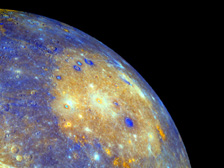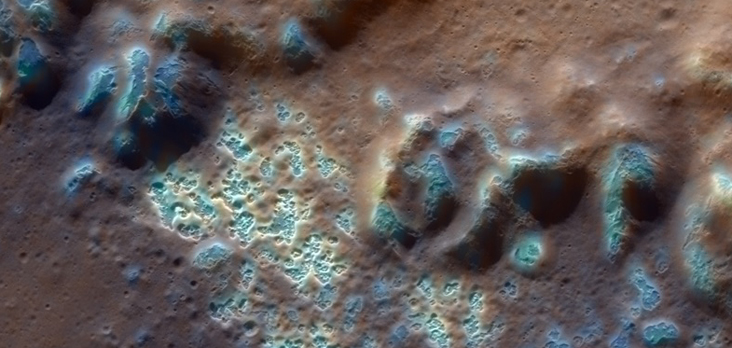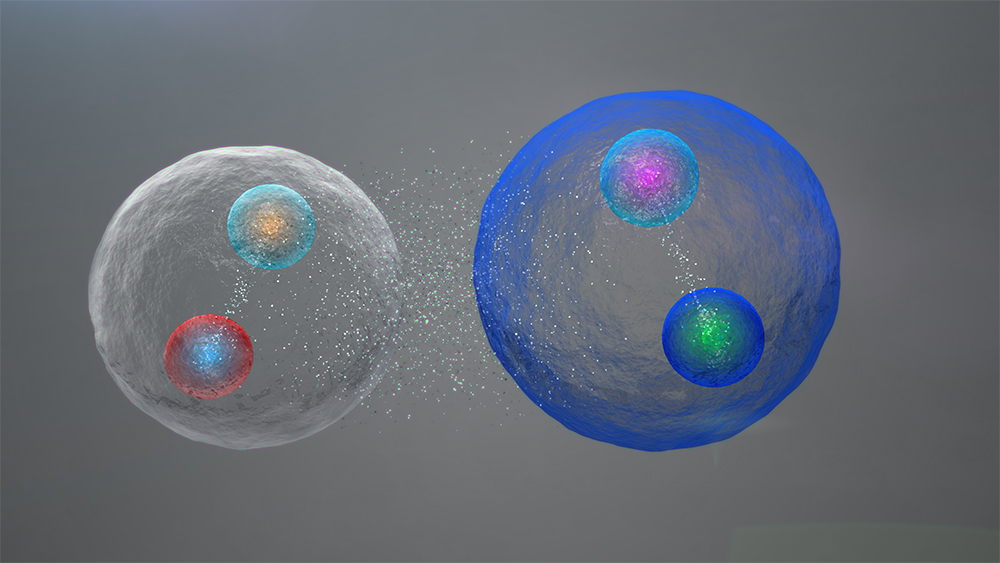If Sun always has a fever then its neighbor Mercury, would definitely feel unusually hot. It is indeed very hot during the day time (almost 400 Degrees). However, since Mercury has no atmosphere to hold the heat in, it becomes extremely cold in the nights.

There is no air or water on the surface of Mercury, although they might be trapped under the surface.
Mercury’s egg-shaped orbit takes it around the sun every 88 days. Mercury moves faster than any other planet in the Solar system, and that is why it is named after the swiftest Roman gods, the god of commerce.
Although it is difficult to spot Mercury directly, it makes an appearance 13 times in each century. This phenomenon is called a transit. Earth observers can watch Mercury pass across the face of the sun, an event called a transit. The transits always fall between May and November. The first two transits of Mercury in the 21st century occurred 7 May 2003 and 8 November 2006.
Want to know when the next one will happen? It will happen on 9 May 2016. Be there or be square:)





Leave a Reply